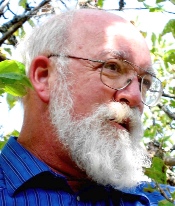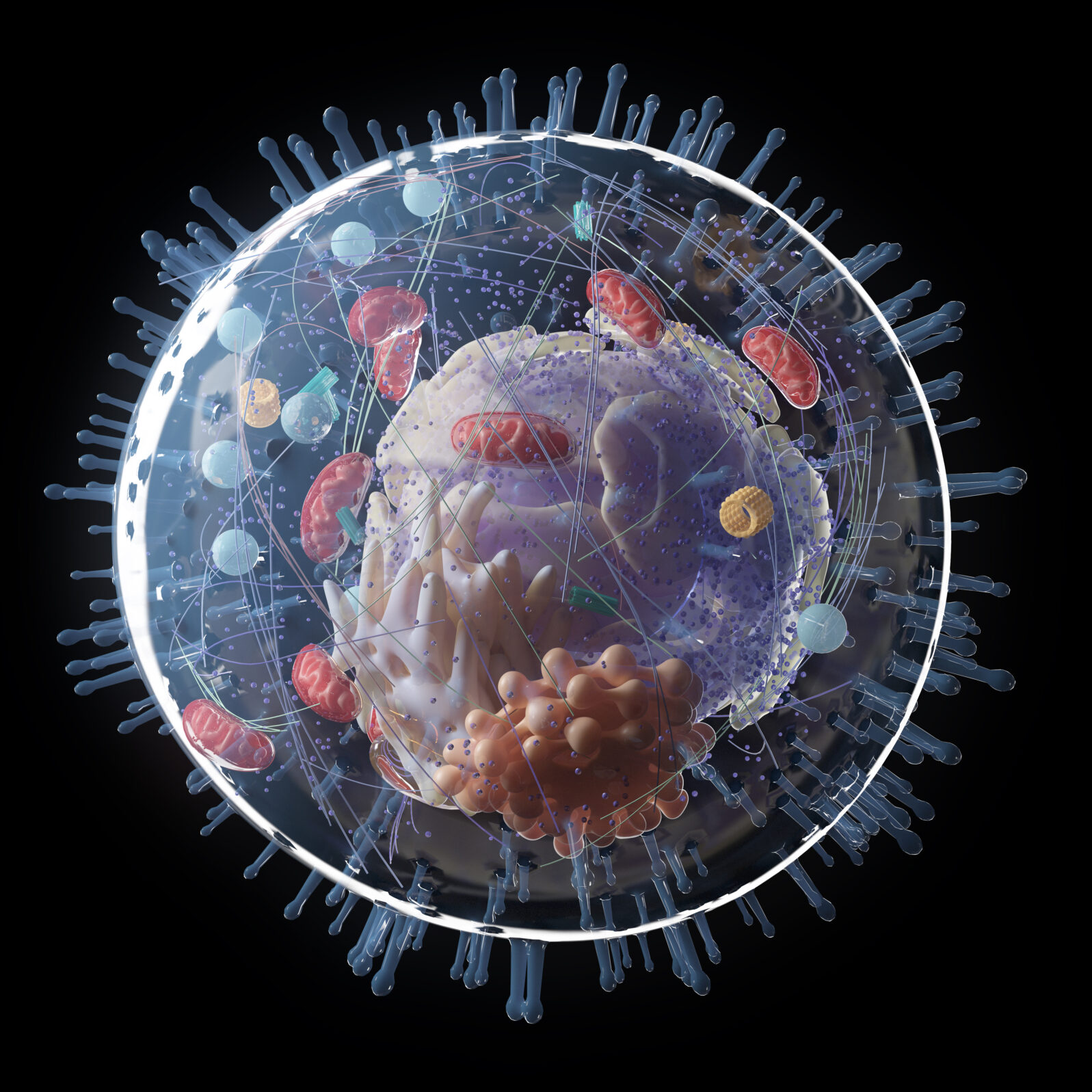A New Theory Links Consciousness to Bioelectricity
Consciousness as a function of bioelectric fields? That’s a remarkable idea because it includes the notion that our individual cells are consciousBioelectricity is the electricity produced by living organisms as they go about the business of moving, breathing, digesting, etc. Bioelectric currents differ from electric currents that power machines because they consist of ions (molecules that carry an electric charge) rather than electrons. (Encyclopedia.com). But it is still electricity. So what’s the link with consciousness?
Evolutionary biologist and lawyer Tam Hunt argues,
Nature seems to have figured out that electric fields, similar to the role they play in human-created machines, can power a wide array of processes essential to life. Perhaps even consciousness itself. A veritable army of neuroscientists and electrophysiologists around the world are developing steadily deeper insights into the degree that electric and magnetic fields—“brainwaves” or “neural oscillations”—seem to reveal key aspects of consciousness. The prevailing view for some time now has been that the brain’s bioelectric fields, which are electrical and magnetic fields produced at various physical scales, are an interesting side effect—or epiphenomenon—of the brains’ activity, but not necessarily relevant to the functioning of consciousness itself.
A number of thinkers are suggesting now, instead, that these fields may in fact be the main game in town when it comes to explaining consciousness. In a 2013 paper, philosopher Mostyn Jones reviewed various field theories of consciousness, still a minority school of thought in the field but growing. If that approach is right, it is likely that the body’s bioelectric fields are also, more generally, associated in some manner with some kind of consciousness at various levels. Levin provided some support for this notion when I asked him about the potential for consciousness, in at least some rudimentary form, in the body’s electric fields.
Tam Hunt, “The Link Between Bioelectricity and Consciousness” at Nautilus (March 10, 2021)
This is a remarkable idea because it includes the notion that our individual cells are conscious:
Something like thinking, they argue, isn’t just something we do in our heads that requires brains. It’s a process even individual cells themselves, and not requiring any kind of brain, also take part in. To the biologists who see this as a cavalier form of anthropomorphization, Levin and Dennet say, “Chill out.” It’s useful to anthropomorphize many different kinds of life, to see in their parts and processes a variety of teleological experience. “Ever since the cybernetics advances of the 1940s and ’50s, engineers have had a robust, practical science of mechanisms with purpose and goal-directedness—without mysticism,” they write. “We suggest that biologists catch up.”
Tam Hunt, “The Link Between Bioelectricity and Consciousness” at Nautilus (March 10, 2021)
Now, it is one thing to say that individual cells show evidence of intelligent design in terms of the way they carry out a program. It’s another thing to see them as the equivalent of people with minds, which is what “anthropomorphize” means.

Michael Levin, referred to above, is a developmental biologist at the Tufts Center for Regenerative and Developmental Biology. Daniel Dennett (pictured), also referenced, is a famous naturalist philosopher who sees human consciousness as a user illusion. So, if consciousness is produced by bioelectric fields, individual cells may be conscious but whole people merely experience an illusion of consciousness.
Levin and Dennett are also willing to think of parts of the body as agents:
A promising route for better understanding may be found, they write, in “thinking of parts of organisms as agents, detecting opportunities and trying to accomplish missions.” This is “risky, but the payoff in insight can be large.” For Levin, at least, bioelectric fields are key mechanisms for this kind of collective decision-making. These fields connect cells and tissues together, allowing, along with synaptic connections, for rapid information exchange, not only with immediate neighbors but distant ones as well.
Tam Hunt, “The Link Between Bioelectricity and Consciousness” at Nautilus (March 10, 2021)
So parts of the body are agents. But are whole persons? Maybe not, or not particularly. It is unclear even to colleagues what Daniel Dennett believes about free will. Attributing agency to parts of the body certainly confuses the issues.
Consciousness has been acknowledged for some time to be a Hard Problem. We all sense that we are conscious and we reasonably assume that our companions are. But we can’t explain it. It is immaterial and not located in any specific place in the brain. As a result, discussions of consciousness often attract efforts to simplify the problem. These efforts rarely do simplify the problem.
If, for example, we want to make consciousness a function of the bioelectric field and hold that individual cells participate in it, we aren’t simplifying or elucidating the problem at all. We still sense that we are conscious and still have no reason to believe that our individual cells are either conscious or sense that they are. The same fate befalls theories according to which everything is conscious or that nothing is conscious.
Bioelectric fields do a lot of marvellous things but it is hardly likely that they create our thoughts.
You may also wish to read:
Why consciousness shows that materialism is false The mind refutes materialism in a rather straightforward way. (Michael Egnor)
Toward a serious scientific theory of consciousness Quantum physics arises from the fact that when we do not observe a particle, it can be in two different places at once, such that it interacts with itself. (Eric Holloway)
